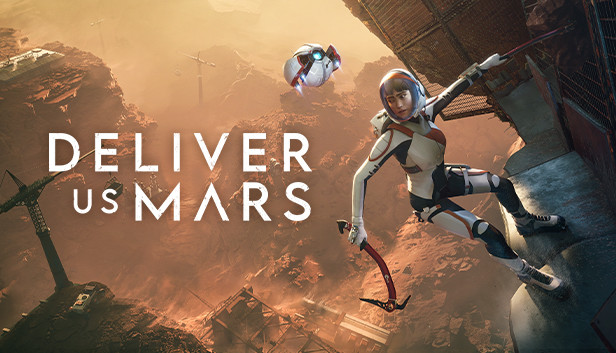
Review: Deliver Us Mars [PS5]
Mars is there, waiting to be reached.
It’s probably very appropriate that Deliver Us Mars is as ambitious as it is. It’s a science fiction thriller based on the perils of traveling through space, complete with a dramatic story and adventurous gameplay. Even though the developers at KeokeN Interactive are a relatively small team, they developed a title that feels much grander and larger than it is.
I’m reminded of the famous space race quote by John F. Kennedy: “we choose to go to the Moon in this decade and do the other things, not because they are easy, but because they are hard.” It’s always a challenge to make a video game, no matter the scale. Making an adventure that delivers a hard-hitting narrative and a tense, scientifically-accurate depiction of space travel would be a worthy undertaking for any studio, much less a small indie team.
In real life, missions into space had to be executed flawlessly. One little mistake can cost you everything. KeokeN Interactive and its publisher Frontier Foundry thankfully have much less to lose with Deliver Us Mars — which is excellent because for how much the game tries to do, it often struggles under the weight of its ambition.
A giant leap for mankind
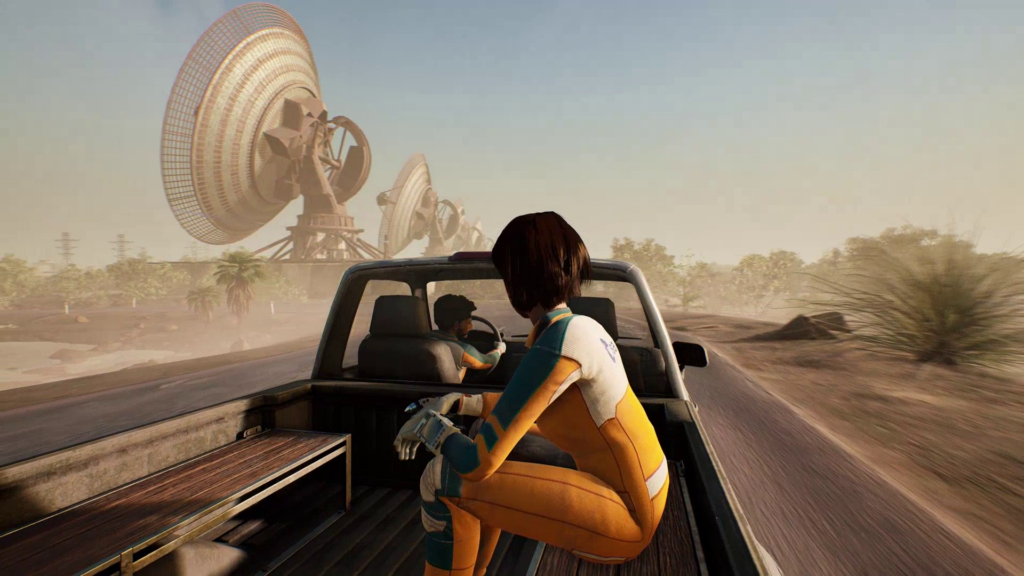
In the world of Deliver Us Mars, the Earth is dying. (But I guess that’s true in the real world, too.) Thanks to a lack of resources and increasingly violent dust storms, Earth is becoming less habitable every day. That’s why the members of the WSA have been scrambling to find a way to save humanity.
KeokeN’s previous space-faring adventure Deliver Us the Moon showed a schism between these astronauts on what the best course of action is. Do you attempt to repair the damage to Mother Earth and save the world entirely, or blast off into the stars in search of a new home for a select few? It’s an interesting premise, and as revealed to the player, it’s divided them so much that one, Isaac Johanson, chose to side with a team of radical colonists and abandon Earth completely.
That was ten years ago. In Deliver Us Mars, you play as Isaac’s daughter Kathy Johanson, one of four WSA astronauts chosen to investigate the last-known signal from the Outward colony. The journey will take them across space to Mars, where the biggest hazard will be staying together amongst the harsh landscapes and internal bickering.
This is billed by KeokeN as a standalone sequel, as they claim you don’t need to play Deliver Us the Moon to understand this one. It certainly helps if you know the characters, since many of them reappear here (even if some are relegated to voice roles and cameos.) But you should be able to follow the story just fine even without that knowledge.
It will undoubtedly increase your emotional investment and understanding of character motivations. Without playing the original game, you might feel a little lost in seeing where these characters are coming from.
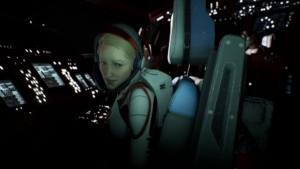
The crew members of the Opera mission are not always the most agreeable type, especially when it comes to the events that transpired ten years ago. Much of the tension in the story revolves around the same ethical dilemma as before: who was right in the battle between moving onward or treating what’s broken now?
You might hear the phrase “science fiction thriller” and assume that Deliver Us Mars has some alien or monster waiting in the wings to ambush you. That’s not true, unless your idea of a monster is tense arguments between people trapped in the far corners of space. And honestly, the game left me with kind of a sour taste in my mouth. I think the writers wanted to present a scenario where everybody had understandable intentions and yet constantly did the wrong things.
If that was intentional, then the mission was successful. If you’re a fan of happy endings where everything works out, do not even bother touching Deliver Us Mars. That’s all I can really say without spoilers, so you’ve been warned.
Deliver Us Mars goes where no game has gone before
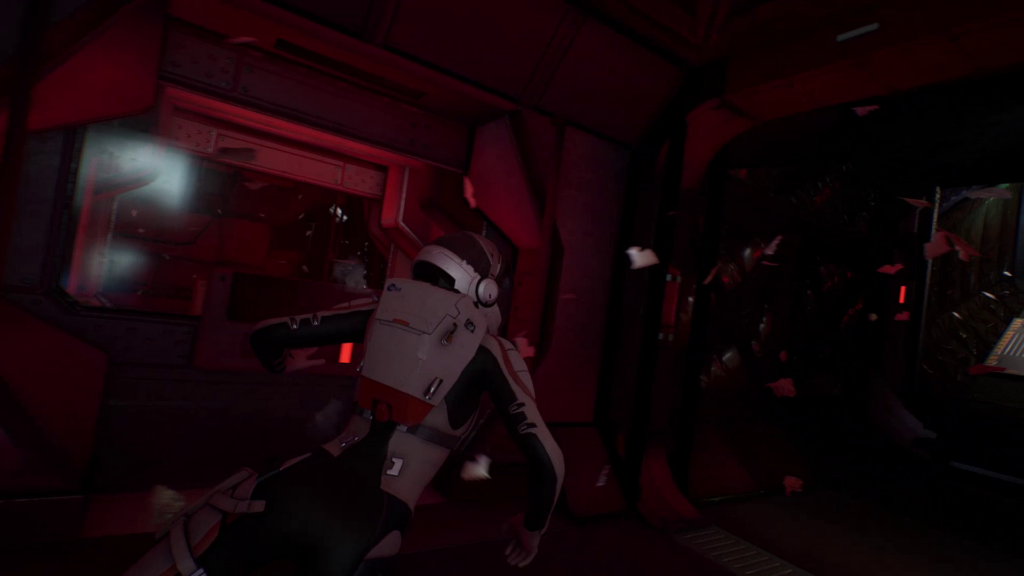
Whereas most science fiction stories focus on the fiction part, Deliver Us Mars does not dare forget about the science. In fact, if there’s anything the game gets absolutely right, it’s the depiction of space travel.
You see that as soon as you begin the launch sequence off of Earth. It’s an eight-minute, in-depth segment that goes through all the motions you’d need to launch a real space shuttle out of orbit. You feel immersed immediately, and that goes double when you start navigating the shuttle in zero-G. Thankfully, this never felt disorienting to me thanks to how Kathy stays central on the screen. (Your mileage may vary, though.)
Keep in mind that this is coming from a reviewer with only an average knowledge of science at best. I’ll be damned if I can accurately put into words how the physics work under scrutiny. But that’s not really the point. KeokeN continues its trend towards making the science feel real as a way to enhance the game. You feel so engaged when floating in zero gravity around the space shuttle because it seems so realistic.
Get your ass to Mars
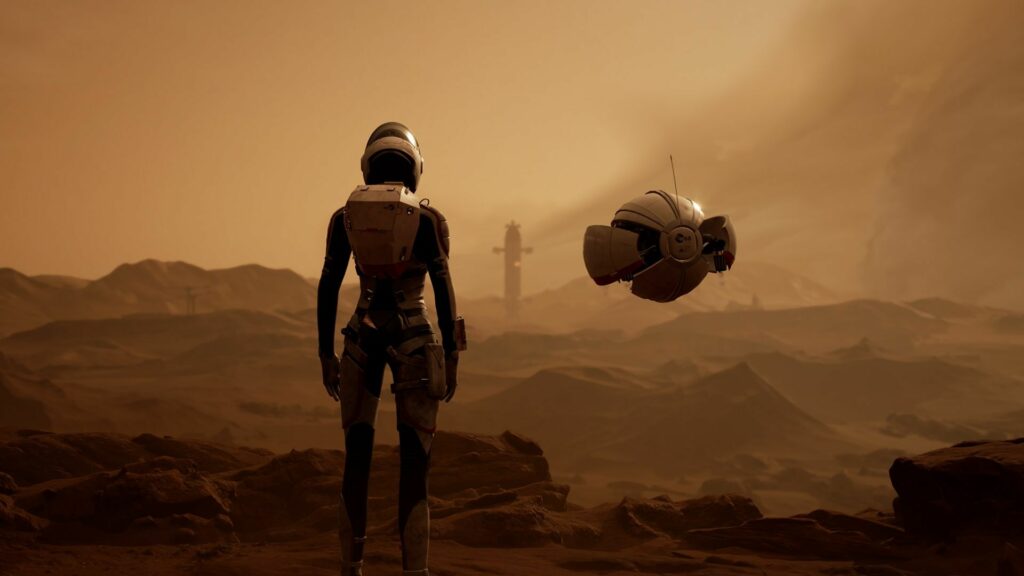
When I wrote my first impressions on Deliver Us Mars, I had only just arrived on the Red Planet. I was enjoying the game well enough up until that point, but posited that the game would truly become great once I started exploring Mars.
Guess what? I was dead wrong.
Let’s start with the positives, though: the game’s rendition of Mars is a blast on the visual front. It sticks close to the popular image of Mars while also exploring the lesser-known features. As Kathy, you’ll explore the dusty outcrops of Mars’ surface, but also polar icy caps and subterranean tunnels.
Getting around Mars usually isn’t an issue, with the new climbing hooks letting you scale specific surfaces with ease. This feels pretty solid overall, with a tactile control scheme and a slow but methodical pace required. However, thanks to the linear level design, there’s very little exploring beyond where the game wants you to go.
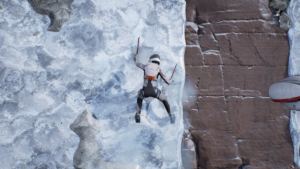
That leads us to the biggest problems with Deliver Us Mars: the gameplay and saving. KeokeN presents it as narrative-driven sci-fi adventure, but the game tries to have its cake and eat it too. I didn’t expect the game would be a platformer, and on the whole, it doesn’t function very well as one.
Even when accounting for the lower gravity, your jump feels unnecessarily light, and landing doesn’t give you a solid impact. You never feel quite confident that you’ll be able to leap over the game’s gaps. While some of that comes from suspense via the sounds of the floors creaking or falling, some of it comes from the poor movement controls.
If the gameplay just didn’t feel tight, that’d be one thing. It’s another when these problems render your saved game unplayable.
Deliver Us Mars has a pretty frequent autosave system, but no way to manually save, no way to recover a previous autosave, and progress completely erased if you accidentally start a new game. That’s bad enough already, but twice, the game autosaved after I’d already done something that ensured my death. That means constant reloading and dying, and you have to restart from the beginning of a chapter.
Some of it is on me for not being patient and taking my time, I suppose. Given that this was a problem with Deliver Us the Moon, it’s also on KeokeN for not addressing it.
You can’t stay in the cradle forever
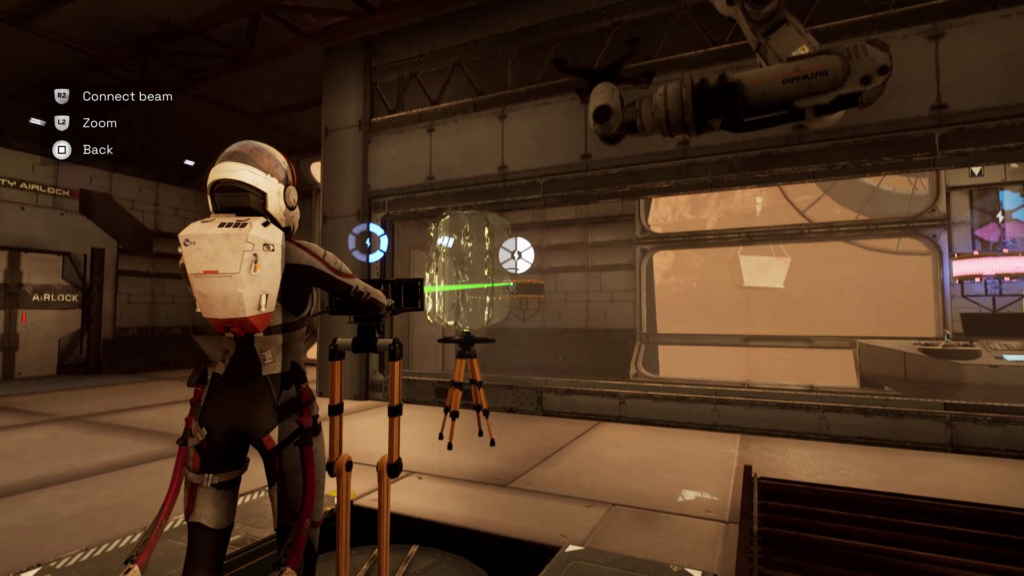
Even on the less technical side, Deliver Us Mars hasn’t evolved much since its predecessor. Sometimes, you feel that the narrative treads old ground rather than showing you the next step. Many reviewers have commented on the less-than-perfect graphics, but given that this is an indie title, I’m willing to cut this some slack.
This lack of innovation is most noteworthy in the game’s puzzles, which are okay but stagnate quickly. They work fine on paper, but you’ve only got one type to deal with: connecting MPT beams together. While new elements like a reductive barrier and splitter come into play later, you’re just putting down equipment and seeing if it works. It all feels like scientific busywork — but I suppose that was the point.
It’s too bad these save problems also affect these puzzles. Once you’ve activated the final step, the game locks objects away from the player, even if you’ve done the puzzle incorrectly. So if you need to adjust something to leave the area, then tough luck; time to reload a save. This also happened to me twice, and it’s a real headache if you accidentally find a wrong solution.
Deliver Us Mars takes a few small steps backward
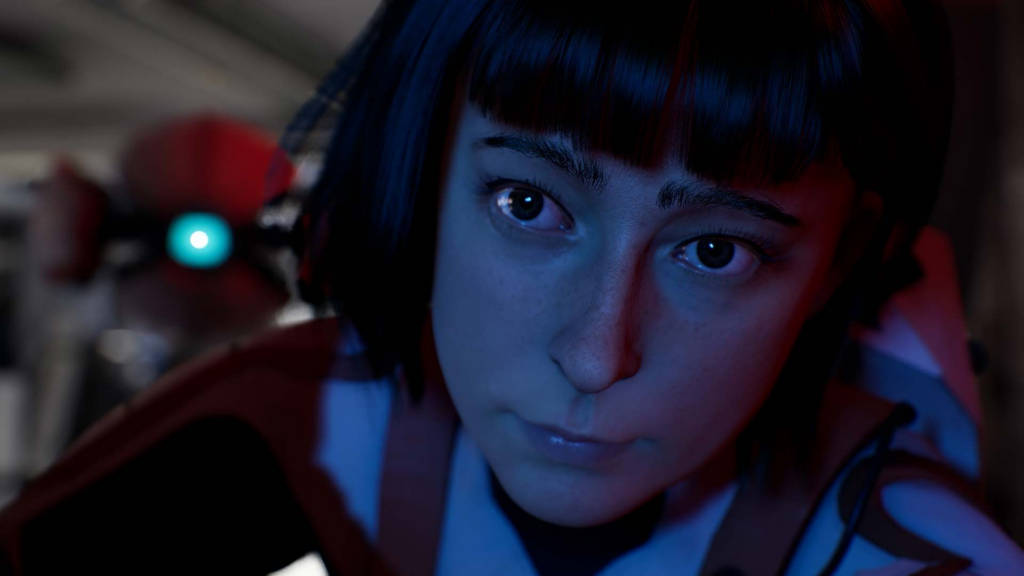
Here’s the thing. I admire the hell out of Deliver Us Mars for what it attempts to do. Its heavy story and how it depicts space travel is out of this world and shows real attention to detail. Yet the game often falls apart at the fundamentals, with wonky platforming gameplay and technical flaws getting in the way far too often.
If you have the patience to deal with the game’s potentially destructive autosave, you’ll likely find much to love here. As for me, I’m content to sit this mission out for a while.
Deliver Us Mars is published by KeokeN Interactive and published by Frontier Foundry. It is available now for the PlayStation 4, PlayStation 5, Xbox One, Xbox Series X/S, and PC. What are your thoughts on the game? Let us know!
VERDICT
AVERAGE
AVERAGE
Deliver Us Mars is an ambitious and occasionally extremely immersive game that depicts space travel like no other game has before. However, it's brought down severely by wonky gameplay and technical issues, and feels constrained by the weight of its lofty scale.

